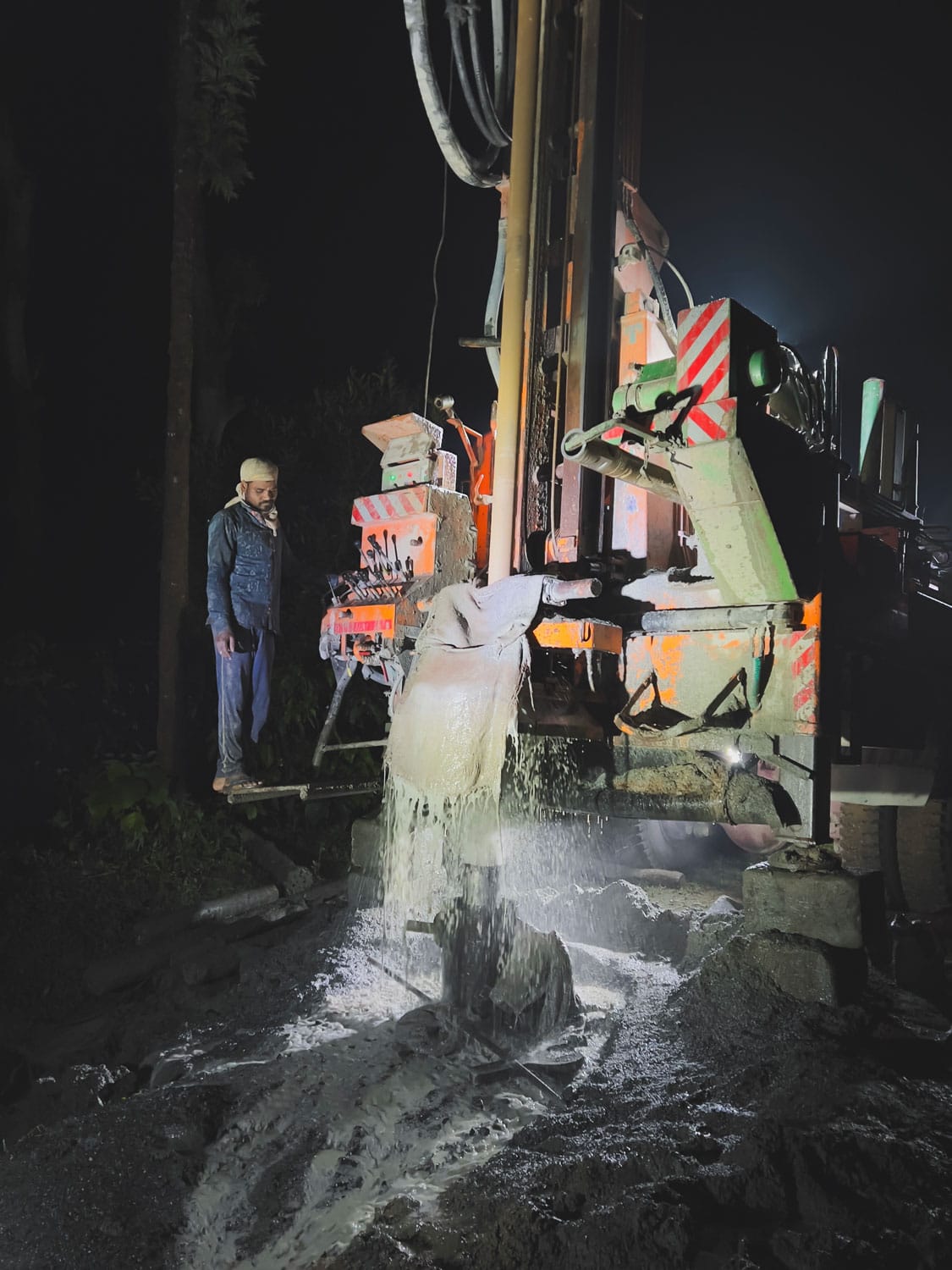A Shift in the Season—and in the Ground Below
Droughts in Vietnam and Brazil, rising coffee prices, and shifting café habits are reshaping how Indian coffee growers farm in 2024.

They’re sinking a bore well across the street from my factory campus, and the sound has been piercing the glass on my office windows through to me, as it did yesterday, and the day before. To what depth are they going? Three days! It used to be that you started digging at first light and struck water by nightfall. I don’t know how it’ll end for these folks, but I wish them well.
Earlier this month, the pleasant chill of our tropical winter surrendered overnight to the summer furnace. It feels warmer than usual, perhaps because we had such a good run from October through February. Even our modest sights looked marvellous through limpid air, and we enjoyed the breeze on our skin with closed eyes.
The eyes have it better these days. Purple and yellow tabebuia have burst open on trumpet trees across town. The honge, too, let loose their tiny blooms, which fell all day and night with a soft patter. That didn’t last long. They graced the city with their sweet scent for only a few days, and then they were gone. Meanwhile, as always, the red Mayflowers have arrived already in April. (Are they called Mayflower because the name sounds better than April-flower?)
There’s been a little rain too—a couple of inches here in the city, and a wee bit more in the coffee zone. Those who water their coffee plants through the early-summer months will win at year’s end during harvest. These summer showers, then, are a welcome bonus. Wet soil absorbs nutrients better, and this is the month for feeding the plants.
Coffee is fetching a price that Indian planters hadn’t dreamed of.
Prices are strong because of drought in Vietnam, which has seen a drop in Robusta, and in Brazil, where Arabica production has fallen, both in 2024. Traders have been stocking up to hedge their risks. Global coffee consumption keeps rising. Everything is pushing demand. Even in India, there’s a burgeoning café culture nationwide, and Indians in growing numbers are ready to pay more for good coffee served in the ambience of a café.
With selling prices where they are, Indian planters are investing in their plantations with unprecedented optimism: deepening tanks to increase irrigation capacity, adding pumps, and turning to solar energy because government-supplied electricity is unreliable and of poor quality. They’re using expensive fertilisers and micronutrients from Europe.
The outlook for the bean is sunny here, but rising prices are stirring changes elsewhere. In lucrative European markets, the consumer is thinking and acting. The fika culture in Sweden, for instance, is seeing a shift. Folks are going for walks with friends instead of sitting with them for coffee at cafés. They’re preferring tea and energy drinks to coffee.
And what when bean output springs back in Brazil and Vietnam? If prices are to hold, Indian growers should hope for greater growth in domestic consumption. Or they should pray global warming stays and hits only the competition.
Those are thoughts for tomorrow. For now, cheers!